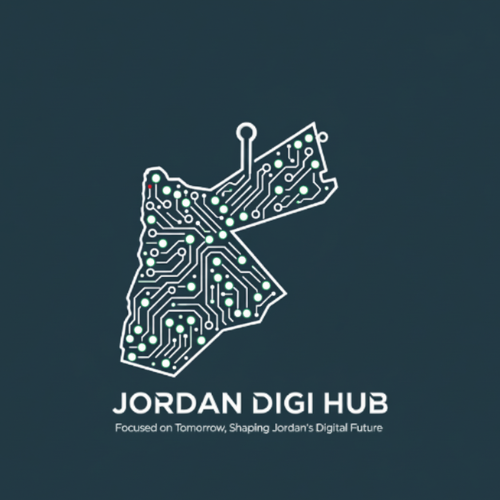Admin by
JDH
July 23, 2025
In today’s fast-paced business environment, decisions cannot rely solely on intuition or experience. Organizations generate massive amounts of data every day, and harnessing this information effectively has become a critical factor for success. Data-driven decision making (DDDM) is the practice of using insights from data to guide strategic, operational, and tactical business choices. By relying on data rather than assumptions, companies can make smarter, faster, and more accurate decisions.
Data Analysis: Using tools like business intelligence (BI) platforms, AI, and statistical models to uncover patterns, correlations, and trends.
Visualization and Reporting: Presenting insights in a clear, actionable format—charts, dashboards, and graphs make complex data easier to understand.
Decision Execution: Applying insights to business strategies, operational processes, marketing campaigns, and product development.
Continuous Improvement: Monitoring outcomes, gathering new data, and refining strategies to enhance decision-making over time.
Why Data-Driven Decision Making Matters
Data-driven decision making provides a competitive advantage in several ways:- Improved accuracy: Decisions based on data are less prone to bias and error.
- Predictive insights: Analytics can anticipate trends, customer behavior, and market changes.
- Operational efficiency: Data highlights areas for optimization, reducing costs and waste.
- Informed strategy: Companies can align business strategies with real-world evidence rather than guesswork.
Key Components of Data-Driven Decision Making
Data Collection: Gathering accurate, relevant data from multiple sources such as customer interactions, market research, operational processes, and social media.Data Analysis: Using tools like business intelligence (BI) platforms, AI, and statistical models to uncover patterns, correlations, and trends.
Visualization and Reporting: Presenting insights in a clear, actionable format—charts, dashboards, and graphs make complex data easier to understand.
Decision Execution: Applying insights to business strategies, operational processes, marketing campaigns, and product development.
Continuous Improvement: Monitoring outcomes, gathering new data, and refining strategies to enhance decision-making over time.


Biotechnology and Genetic Engineering
The field of biotechnology is revolutionizing medicine and health. Scientists are learning how to tailor treatments to a person’s DNA, making medicine more precise and effective. Lab-grown organs could one day eliminate the shortage of donors, while genetic engineering may help prevent hereditary diseases before they even appear.
Biotech promises not just longer lives, but healthier ones. Imagine a future where genetic disorders are corrected before birth or where illnesses that once defined human limits can be erased altogether.


